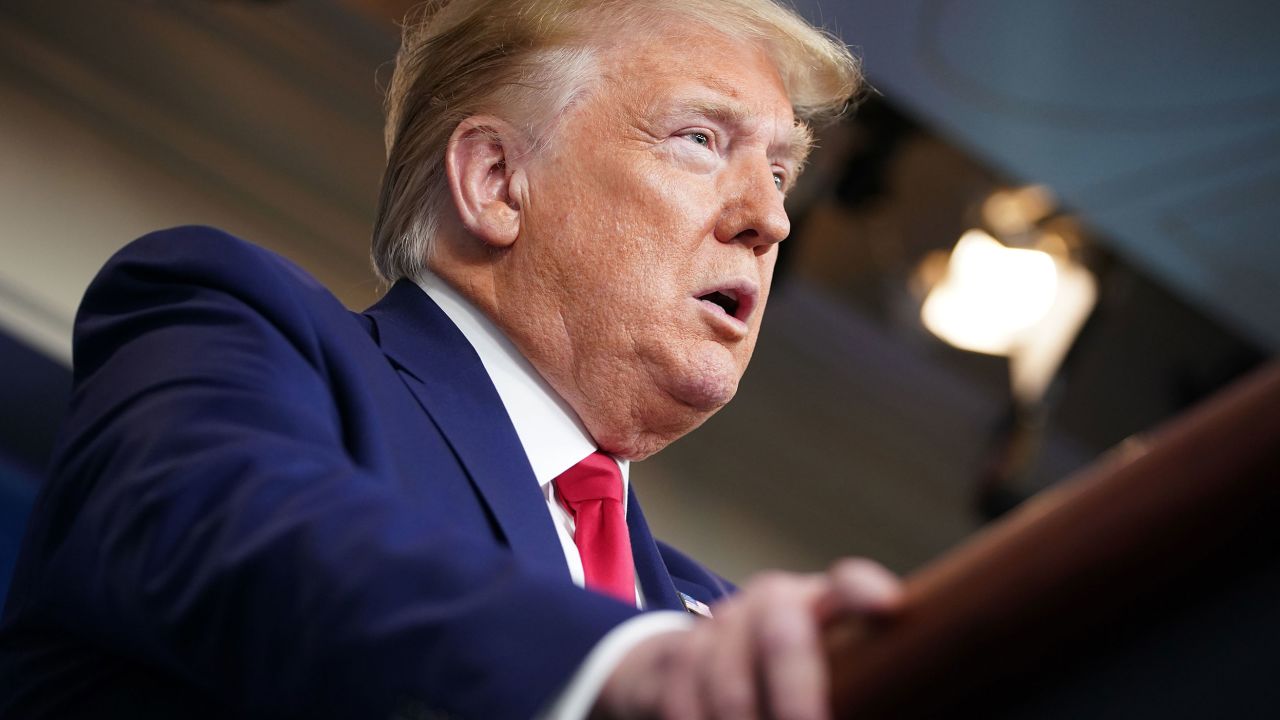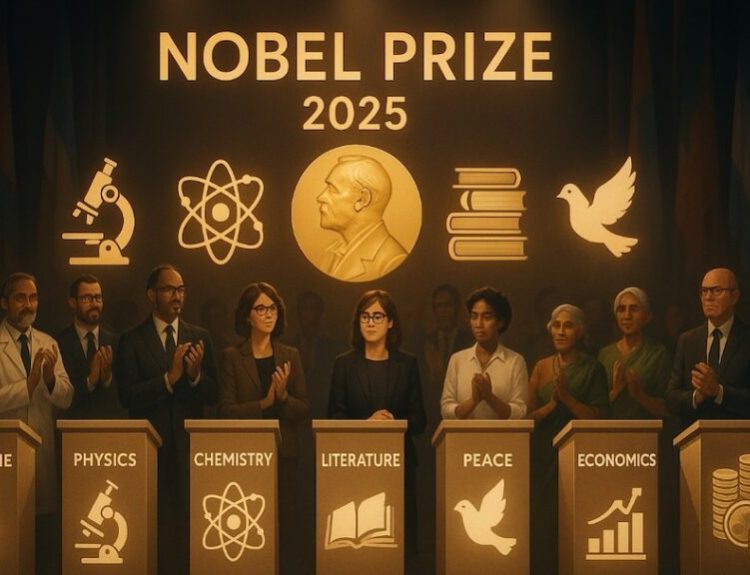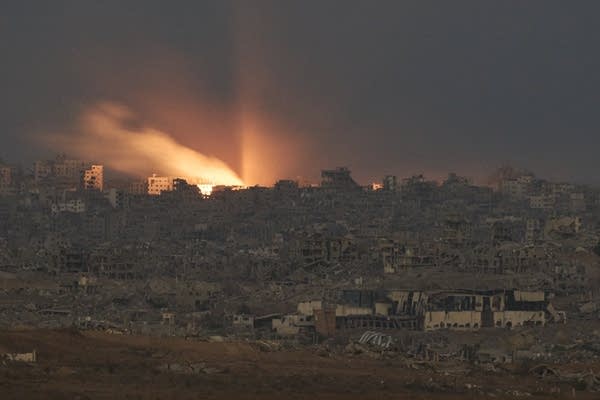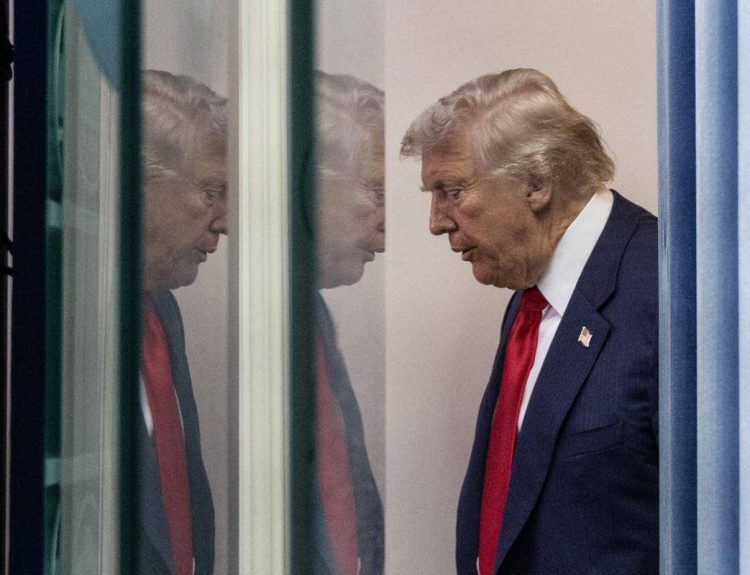In an age where perception often precedes reality, few leaders are as vulnerable to rumor as the President of the United States. This past week, Donald Trump became the subject of fevered online speculation after a sudden absence from the public stage ignited viral claims of illness—and even death.
The Spark of Speculation
Labor Day weekend came and went with no public appearances, an unusually quiet schedule, and photographs of visible bruising on Trump’s hands. Social media seized the moment, spinning narratives of collapse, incapacitation, and conspiracies. Within hours, hashtags trended globally, turning the president’s health into both a digital obsession and a geopolitical talking point.
The Reappearance
Then came the counterstroke. Trump was seen in Washington, D.C., accompanied by his granddaughter on a golf outing—bruised, but very much alive. The White House clarified that the marks were caused by aspirin use and a condition known as chronic venous insufficiency, which doctors described as non-threatening under proper management.
The rumors, far from weakening him, inadvertently reinforced a familiar Trumpian dynamic: the spectacle of attack followed by defiance, with his visibility serving as the ultimate rebuttal.
The Politics of Image
Presidential health has always been a sensitive axis of power. From Franklin Roosevelt’s concealed paralysis to Ronald Reagan’s carefully managed post-assassination image, leaders have long navigated the line between strength and fragility. In Trump’s case, the virality of the rumor underscored the fragility of trust in an era where digital platforms accelerate speculation faster than institutions can respond.
For adversaries, the episode raised questions about continuity of leadership. For allies, it served as a reminder of how swiftly narratives about American stability can shift—and how critical transparency is in sustaining global confidence.
The Backfire
Ironically, the rumor achieved the opposite of its intent. Trump’s reemergence not only dispelled doubts but also dramatized his resilience. In the theater of politics, survival itself becomes a form of strength. The optics of a president mocked as “failing” only to reappear publicly—golf club in hand—created an image not of weakness but of stubborn vitality.
The Deeper Lesson
This episode reveals more than just the state of one man’s health—it illuminates the power of narrative warfare in the digital age. Rumors, if unchecked, can destabilize markets, unsettle diplomacy, and even shift voter psychology. Yet, when countered effectively, they can also reinforce the very persona they sought to undermine.
For Trump, the viral death hoax became another chapter in his long-running saga of defiance—proof that in the contest between rumor and reality, perception may falter, but presence still prevails.



